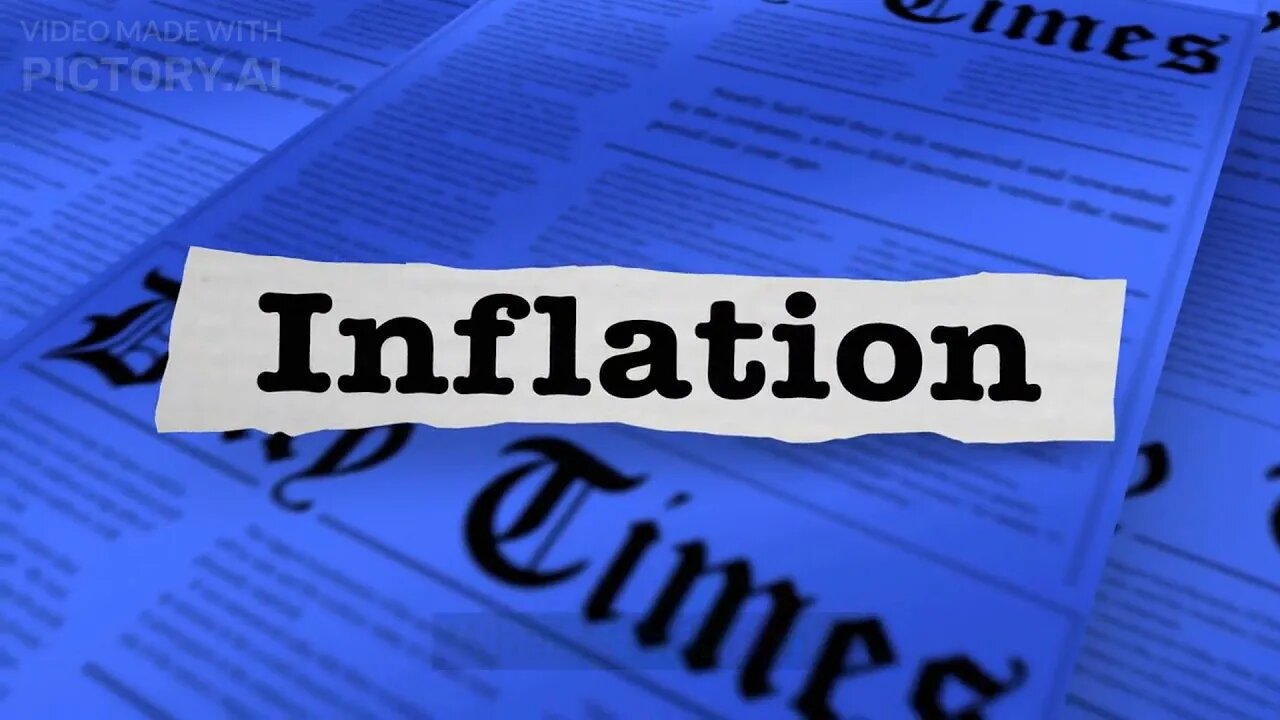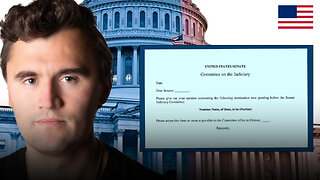Premium Only Content

INFLATION EXPLAINED - From Consumer Price Index, the Federal Reserve, to monetary and fiscal policy
Inflation is a rise in prices of a selection of products and services. Commonly expressed as a percentage, it also refers to the decline in the purchasing power over time. Inflation could lead to a decline in economic growth and ultimately an economic contraction or a recession.
The Consumer Price Index - or CPI - is the most widely used measure of inflation.
Financial markets, government policymakers, businesses, and consumers watch the CPI very closely. The Federal Reserve closely monitors the CPI to adjust monetary policy and implement appropriate measures to control the money supply and credit. The Fed may use the discount rate, purchases or sales of US Treasuries to control money in circulation.
The Producer Price Index - or the PPI - measures prices at the producer level. Producer prices greatly influence prices charged at the consumer level.
This video explains the causes of inflation from government money printing, stimulus checks, tax rebates and other causes and the terminology used (DEMAND PULL Inflation , COST PUSH Inflation, and BUILT IN Inflation).
Wars, natural disasters and weather events may cause inflation by limiting supplies. Sound monetary policy and fiscal policy can help reduce inflation.
#inflation #cpi #purchasingpower #currency #monetarypolicy #credit #business #commodities #consumer #economy #employment #interestrates #recession #demand #cost #money #federalreserve #thefed #ppi #producer #moneyprinting #moneysupply #stimuluscheck #hyperinflation #prices #risingprices #inflation2022
-
 LIVE
LIVE
Sean Unpaved
1 hour agoGameplan & Glam: Sanders' Reps Snub, NFC North Heatwave, MLB Deadline Surge, Sweeney's Eagle Glow
220 watching -
 LIVE
LIVE
Dr Disrespect
2 hours ago🔴LIVE - DR DISRESPECT - BATTLEFIELD 1 - FULL GAME
1,708 watching -
 LIVE
LIVE
Tucker Carlson
2 hours agoJohn Mearsheimer: The Palestinian Genocide and How the West Has Been Deceived Into Supporting It
2,683 watching -
 LIVE
LIVE
The Charlie Kirk Show
1 hour agoTHE CHARLIE KIRK SHOW IS LIVE 07.30.25
3,920 watching -
 1:04:25
1:04:25
Timcast
1 hour agoTrump DOJ CAUGHT Deep State Trying To DESTROY Evidence In BURN BAGS, Trump Says TREASON
116K58 -
 LIVE
LIVE
Robert Gouveia
1 hour agoUNSEAL the FILES!! Backdoor Judge RIPPED by Justice! EU Censorship Files REVEALED!
693 watching -
 3:52
3:52
Michael Heaver
9 hours agoPanicked Labour Now Completely IMPLODING
111 -
 DVR
DVR
Neil McCoy-Ward
1 hour agoTHE AI JOBS COLLAPSE HAS BEGUN! (And No One’s Ready for What’s Next…)
7.91K1 -
 LIVE
LIVE
Side Scrollers Podcast
2 hours agoJOEY SWOLL/HULK HOGAN CONTROVERSY + ONLINE SAFETY ACT + MORE | SIDE SCROLLERS
273 watching -
 LIVE
LIVE
GloryJean
3 hours agoSolo Sniping & WINNING 🖱️ 6.7 K/D
51 watching